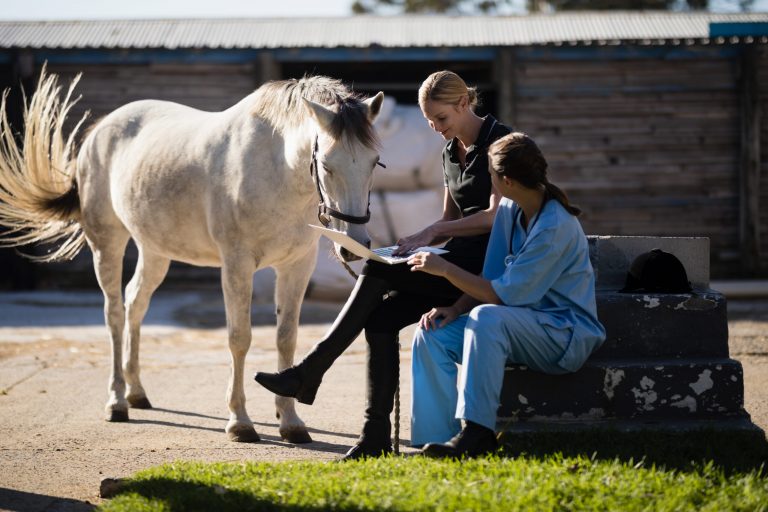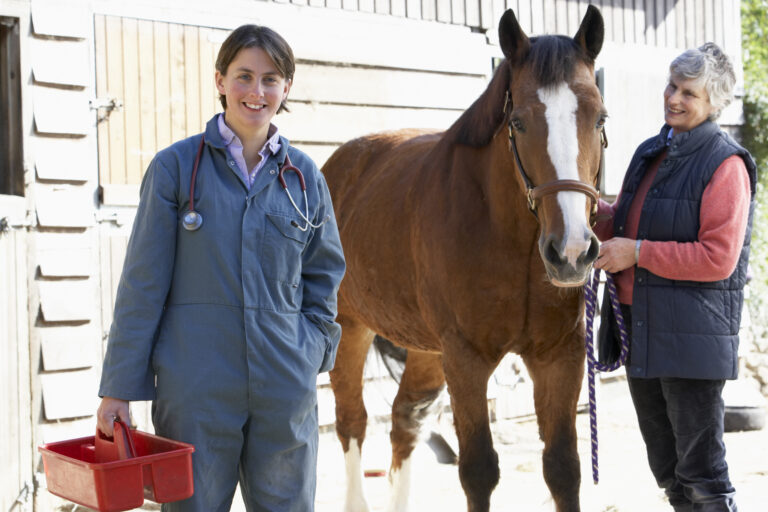
Identifying intake levels of nonstructural carbohydrates (NSC) that limits the postprandial insulinaemic response in the insulin-dysregulated (ID) horse might reduce hyperinsulinaemia-associated laminitis (HAL) risk. The aim of this randomized crossover study was to determine if ID horses have thresholds for pure sources of starch and sugar above which there is an augmented insulin response.
Fourteen adult horses (6 ID and 8 non-insulin dysregulated, NID; matched for bodyweight) were fed eight dietary treatments in a randomized order. Dietary treatments were formulated using a base of low-nonstructural carbohydrate pellet (LNSC; 0.04 g of water-soluble carbohydrates [WSC]/kg bwt and 0.01 g of starch/kg bwt), to which pure sugar (dextrose) or starch (50:50 mix of waxy-maize and oat starch powder) sources were titrated to create diets with increasing amounts of either WSC (0.06–0.17 g WSC/kg bwt), or starch (0.03–0.1 g starch/kg bwt).
Horses were fed each dietary treatment at a rate of 1 g/kg bwt once over 12 weeks. Serial blood samples were collected pre- and up to 240 minutes postprandially. Serum insulin concentrations were determined using a validated radioimmunoassay. Diet analytes were determined via wet chemistry. Statistical analysis was performed with a mixed effect model. Positive incremental area under the curve for insulin (IAUCi) was calculated for all horses and dietary treatments.
There was no significant effect of diet on IAUCi within NID horses, but ID horses had an increased IAUCi for diets between 0.07–0.13 g of total NSC/kg bwt, depending on the starch and sugar composition, compared with the LNSC (p<0.05). IAUCi in ID horses were also significantly different to all NID for diets with NSC > 0.1 g/kg (p<0.04).
Bottom Line About NSC Thresholds
Based on this study, using supplemental pure starch and sugar sources, ID horses seem to have an apparent threshold for NSC of around 0.1 g/kg bwt/meal. Above this level, significantly increased insulin responses are seen compared to NID horses.








